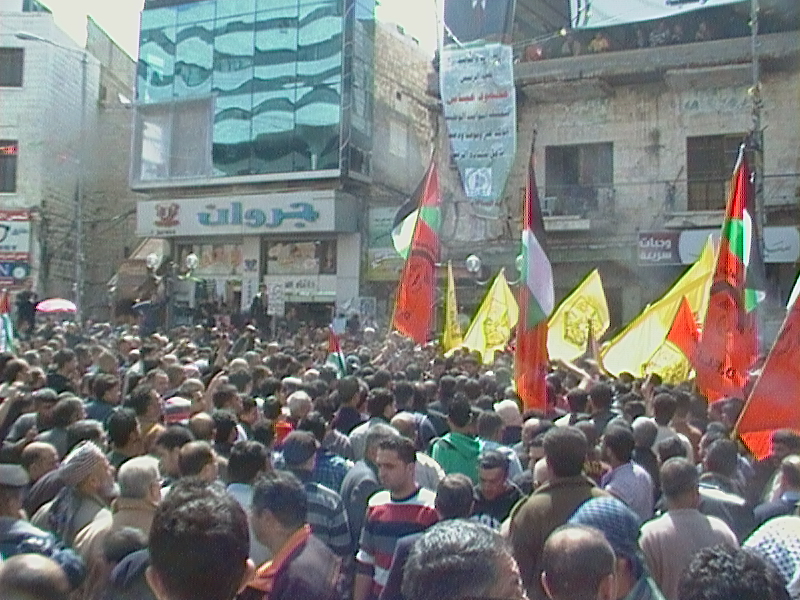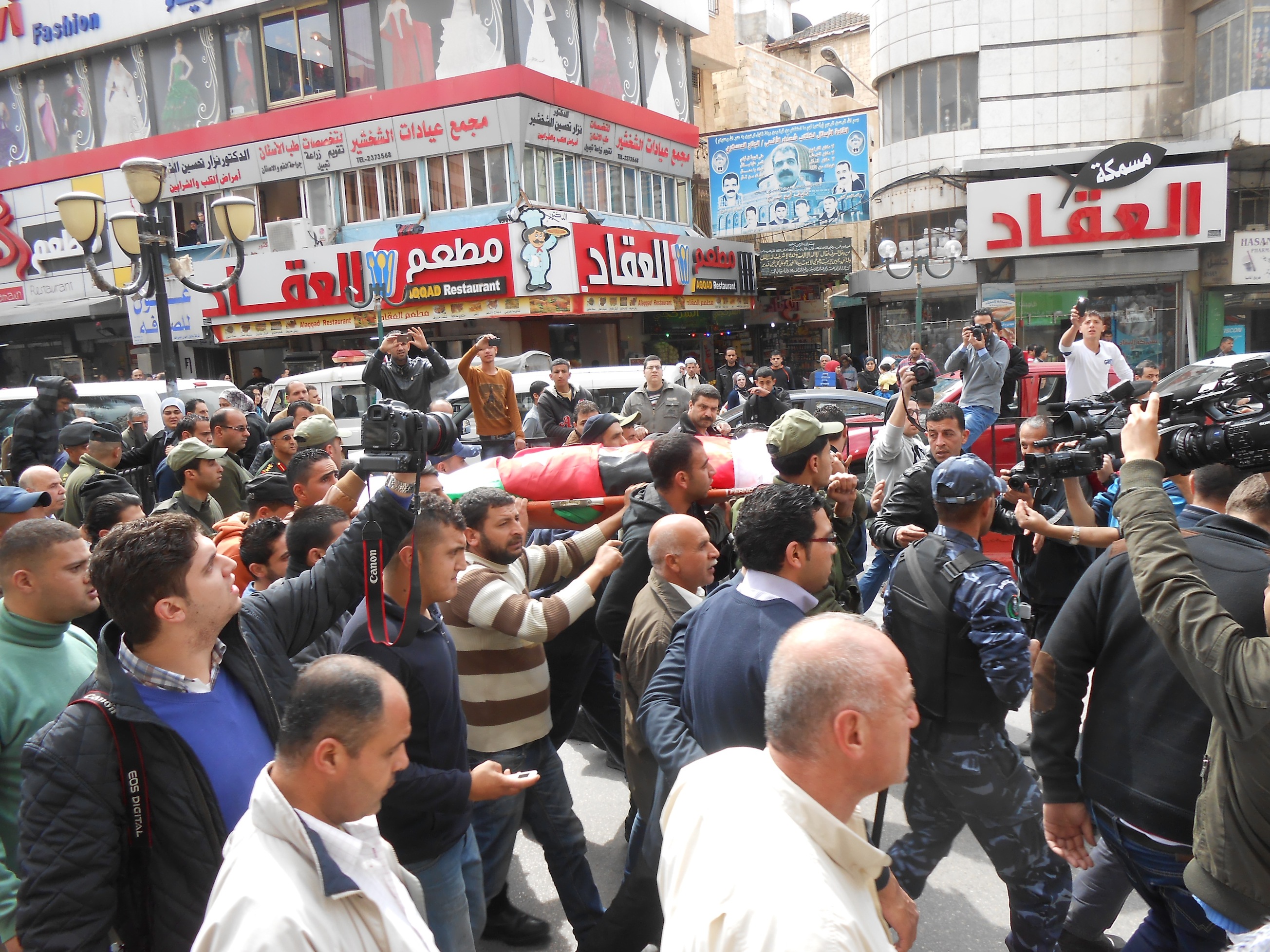Tag: Martyr
-
The remains of martyr Ahmad Saleh finally returned to family
20th March 2014 | International Solidarity Movement, Nablus Team | Asira al-Qibliya, Occupied Palestine In June 2002, Israeli soldiers assassinated 18-year-old Ahmad Saleh from the village of Asira al-Qibliya after he entered the illegal settlement of Yizhar. Ahmad’s body was then convicted post mortem to be held for 20 years by the Israeli authorities. Today,…
-
Palestinian judge assassinated by Israeli soldiers at Allenby bridge border
13th March 2014 | International Solidarity Movement, Nablus Team | Nablus, Occupied Palestine On Monday March 10, Raed Zeiter, a 38 years-old judge originally from Nablus, was assassinated by the Israeli forces at the Allenby Bridge Border. The man, who has been working in Amman since 2011, was going out of the bus to pass the…
-
Three killed in Qalandiya: Protests spread across West Bank
26th August 2013 | International Solidarity Movement, Ramallah Team | Qalandiya Refugee Camp, Occupied Palestine At around 2am on 26th August 2013, eleven military jeeps invaded Qalandiya refugee camp during an operation to arrest a recently released prisoner. Residents of the camp tried to stop the army from arresting the man by throwing stones at…


